5 min read
Share this post
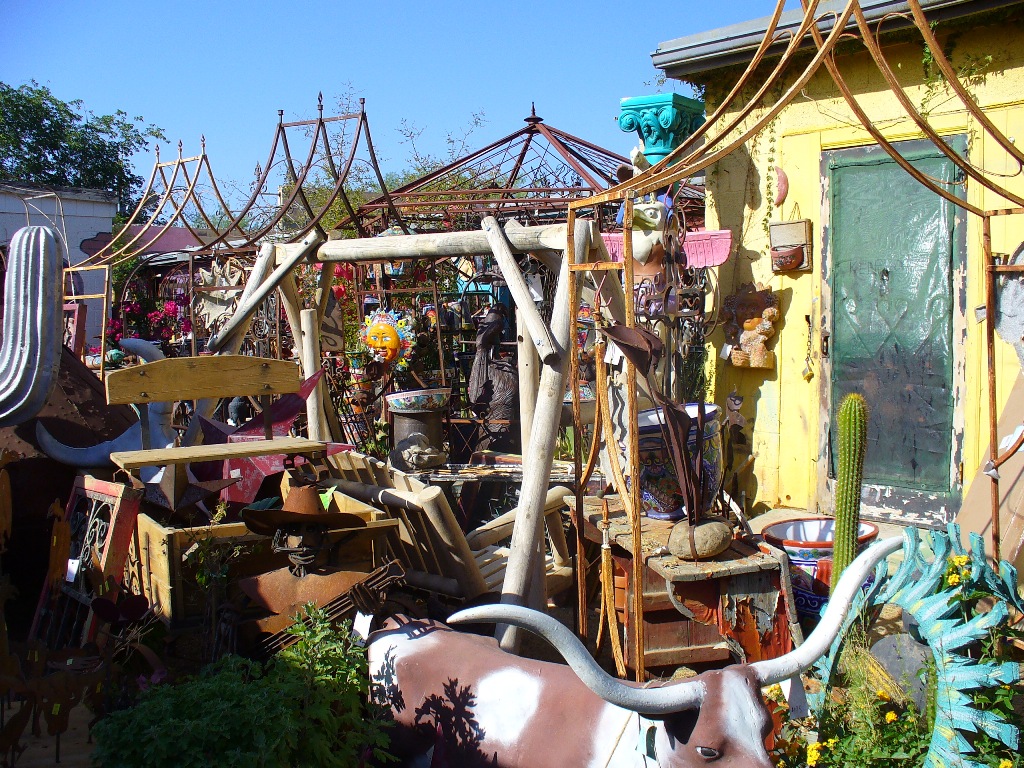
You can find the lessons here. If you need a free account for Off2Class you can set one up here.
Have and Have got are essential to express ownership, possession and relationships. These usages are very common and any ESL student should tackle them early in their English education to develop natural speech. In most cases we can use have or have got as equivalent terms. In the negative form we also have two forms (haven’t/hasn’t got and don’t/doesn’t have). Additionally, for questions we also have two forms (Does he have? and Has he got?). These equivalent forms can cause confusion, especially for students who have learned perfect tenses but did not master have got earlier in their ESL education.
We use some exciting discovery activities and exercises to get your student practicing the key have and have got uses. Here are some of our favorite exercises from lesson 1:
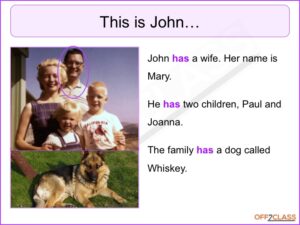
We start with some simple guided discovery to provide familiarity with have and have got for relationships.
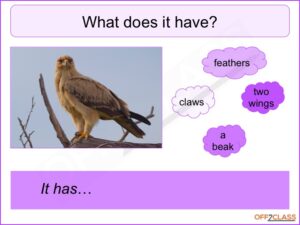
We move on to exercises where your student can begin to form basic sentences based on bright and engaging images.
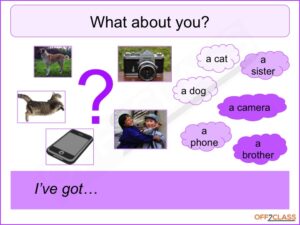
We finish the first lesson in our series with freer practice where your student can begin to relate I’ve got to their own possessions and relationships.
In lesson 2 we reinforce have and have got in the positive form and focus more on uses (relationships, possessions, illness). Here are some of our favorite exercises from lesson 2:
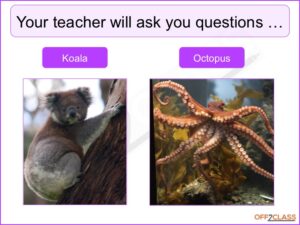
Here the teacher asks questions to the student using the target language (Which animal has fur?). The student can then form their own sentences using the target language.
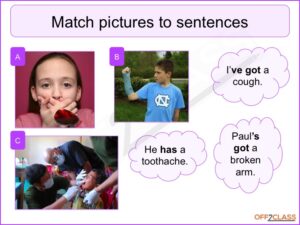
We introduce the student to have and have got for illnesses and problems.
In lessons 3 to 5 we introduce the negative and question forms, along with short answers and the use of have (but not have got) for actions and experiences (I have a shower every morning at 5am). Here are some highlights:
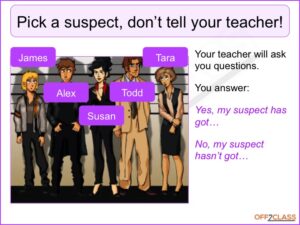
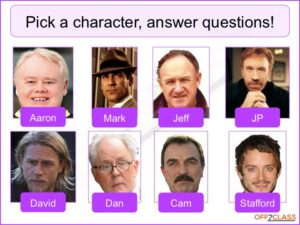
These exercises are an adaptation of the Guess Who? board game. In the first example the teacher picks a suspect and the student asks questions using have/has to figure out the teacher’s choice. In the second example the roles are reversed and the teachers asks questions to the student.
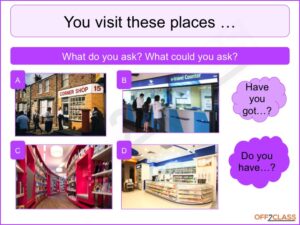
This exercise further reinforces the question form of have and have got as usedin daily life. The student forms questions based on the stores that are presented in the pictures (Have you got milk? / Do you have tickets?).
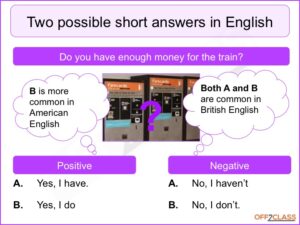
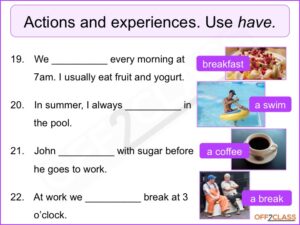
We finish the series with an introduction to short answers and the use of have (but not have got) for actions and experiences. For many students this may be the first time they experience short answers so the concept is approached slowly with plenty of colorful examples and exercises.
Share this post
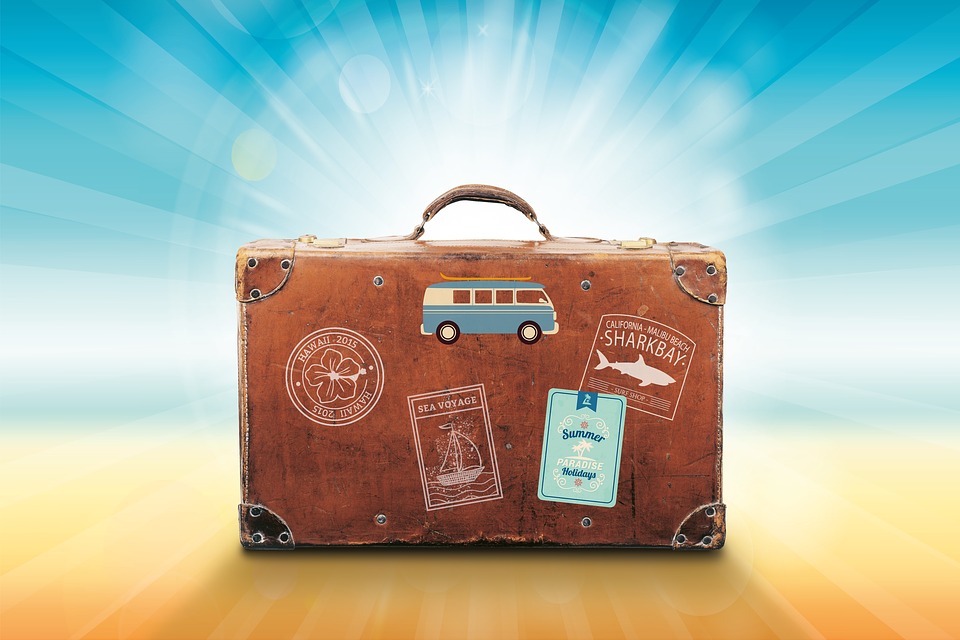

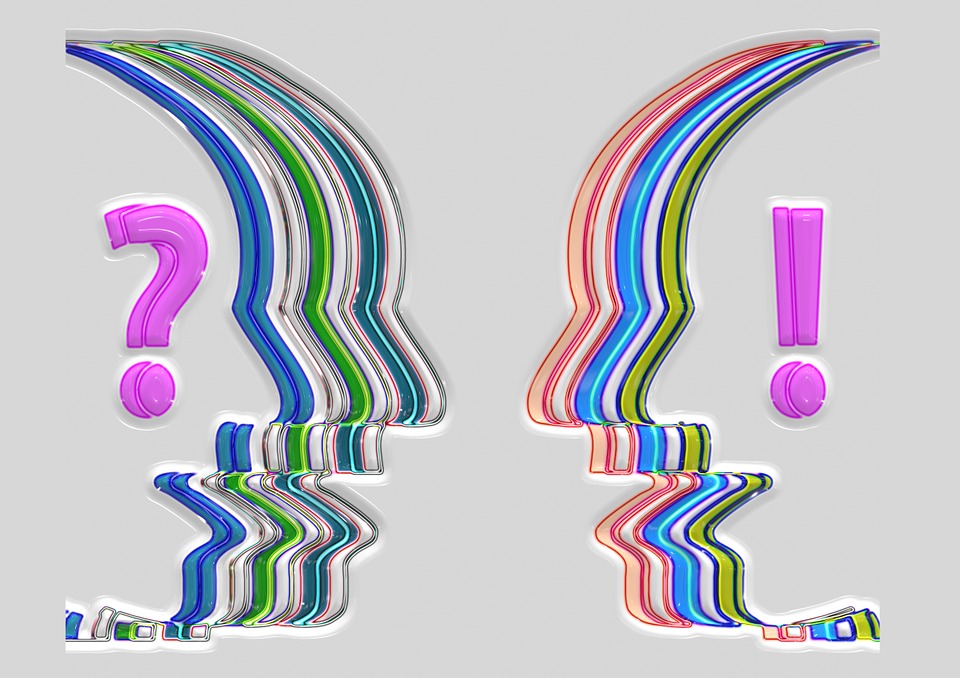
Leave a Reply